Filter by
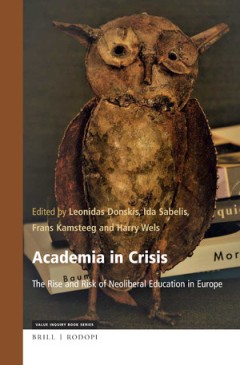
Academia in crisis : the rise and risk of neoliberal education in Europe
Academia is standing at a junction in time. Behind lies the community of the curious, ahead the mass and the market. This book joins in a growing stream of works that explore the vicissitudes of present-day European universities in what Bauman coined as liquid times. Here, a number of concerned (engaged) European scholars attempt to defend and brush up academic core values and practices, starti…
- Edition
- -
- ISBN/ISSN
- 9789004402034
- Collation
- ix, 201p. : ill.
- Series Title
- -
- Call Number
- 378.4 ACA a
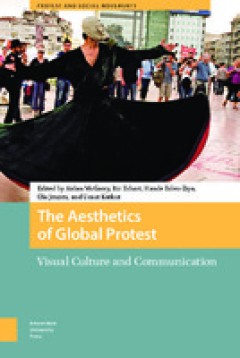
The aesthetics of global protest : visual culture and communication
Protestors across the world use aesthetics in order to communicate their ideas and ensure their voices are heard. This book looks at protest aesthetics, which we consider to be the visual and performative elements of protest, such as images, symbols, graffiti, art, as well as the choreography of protest actions in public spaces. Through the use of social media, protestors have been able to crea…
- Edition
- -
- ISBN/ISSN
- 9789048544509
- Collation
- 297 p.
- Series Title
- Protest and Social Movements
- Call Number
- 303.484 AES a
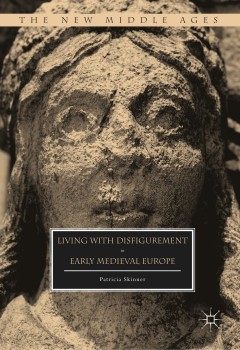
Living with disfigurement in early medieval Europe
This book examines social and medical responses to the disfigured face in early medieval Europe, arguing that the study of head and facial injuries can offer a new contribution to the history of early medieval medicine and culture, as well as exploring the language of violence and social interactions. Despite the prevalence of warfare and conflict in early medieval society, and a veritable indu…
- Edition
- -
- ISBN/ISSN
- 9781137544391
- Collation
- x, 282p. : ill.
- Series Title
- -
- Call Number
- 809.02 SKI l
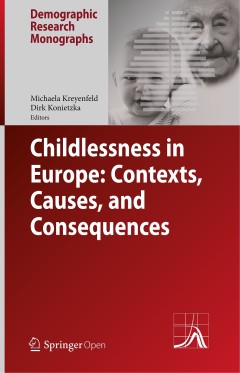
Childlessness in Europe : contexts, causes, and consequences
This open access book provides an overview of childlessness throughout Europe. It offers a collection of papers written by leading demographers and sociologists that examine contexts, causes, and consequences of childlessness in countries throughout the region. The book features data from all over Europe. It specifically highlights patterns of childlessness in Germany, France, the United Ki…
- Edition
- -
- ISBN/ISSN
- 9783319446677
- Collation
- xi, 370p. : ill.
- Series Title
- -
- Call Number
- 306.85094 CHI c

Air quality integrated assessment : a European perspective
This book reports on the results of an extended survey conducted across Europe within the framework of the APPRAISAL FP7 project to determine the extent to which an integrated assessment approach to air quality is being adopted, on the one hand, by regional and local authorities to develop air quality plans and, on the other, by researchers. Following a detailed analysis of the role and structu…
- Edition
- -
- ISBN/ISSN
- 9783319333496
- Collation
- vii. 110p. : ill.
- Series Title
- -
- Call Number
- 628.53 AIR a
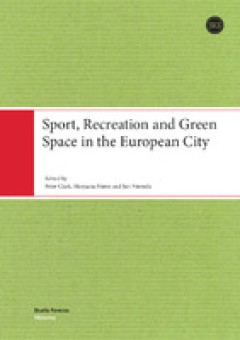
Sport, recreation and green space in the European city
Green space has become a major issue in European cities in recent years as a result of enhanced environmental awareness, urban marketing, planning policy and growing population densities. Up to now, however, the subject of sports areas and grounds has attracted little research, despite the fact that since the First World War such public and private areas – from football pitches and running tr…
- Edition
- -
- ISBN/ISSN
- 9789522227911
- Collation
- 220 p. : ill., maps ; 25 cm.
- Series Title
- Studia Fennica. 16
- Call Number
- 796 SPO s
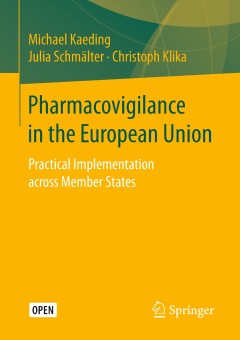
Pharmacovigilance in the European Union : practical implementation across mem…
The book presents the results of an in-depth comparative study assessing the implementation of the EU Pharmacovigilance Directive in six EU Member States. By going beyond legal transposition and instead focusing on practical implementation, this study aims to close a gap in EU compliance research. Based on qualitative interviews with relevant actors in Germany, Poland, Portugal, France, Finland…
- Edition
- -
- ISBN/ISSN
- 9783658172763
- Collation
- xiv, 124p. : ill.
- Series Title
- -
- Call Number
- 615.7042 KAE p

Scholars in exile: the Ukranian intellectual world in interwar Czechoslovakia
Throughout the 1920s and 30s Prague was the intellectual center of Ukrainian émigrés in Europe, not least because of significant financial support from the Czechoslovak government and its first president, Tomáš Garrigue Masaryk, for émigré students and intellectuals. On the basis of extensive archival research in Ottawa, Prague, and Kyiv, Zavorotna outlines the continuation of Ukrainian s…
- Edition
- -
- ISBN/ISSN
- 9781487530204
- Collation
- xvi, 260p.: ill.
- Series Title
- -
- Call Number
- 943.700491791009042 ZAV s

The archaeology of death in post-medieval Europe
Historical burial grounds are an enormous archaeological resource and have the potential to inform studies not only of demography or the history of disease and mortality, but also histories of the body, of religious and other beliefs about death, of changing social relationships, values and aspirations.In the last decades, the intensive urban development and a widespread legal requirement to un…
- Edition
- -
- ISBN/ISSN
- 9783110439731
- Collation
- V, 227 p.
- Series Title
- -
- Call Number
- 393.094 TAR a
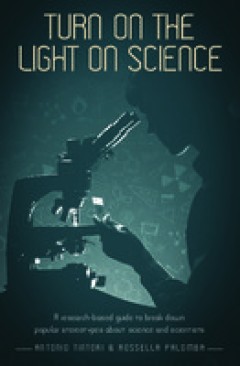
Turn on the light on science: a research-based guide to break down popular st…
"Scientists deserve public recognition. The ways that they are depicted, however, are severely limited in physical and personal traits, helping to establish and enhance stereotypes under the general title of ‘scientist’. These stereotypes range from the arrogant researcher who wants to rule the world, to the lab coat wearing ‘nerdy’ genius, but all generally fall to an extreme view of a…
- Edition
- -
- ISBN/ISSN
- 9781911529057
- Collation
- xvi, 104p.: ill.
- Series Title
- -
- Call Number
- 530.092 TIN t
 Computer Science, Information & General Works
Computer Science, Information & General Works  Philosophy & Psychology
Philosophy & Psychology  Religion
Religion  Social Sciences
Social Sciences  Language
Language  Pure Science
Pure Science  Applied Sciences
Applied Sciences  Art & Recreation
Art & Recreation  Literature
Literature  History & Geography
History & Geography